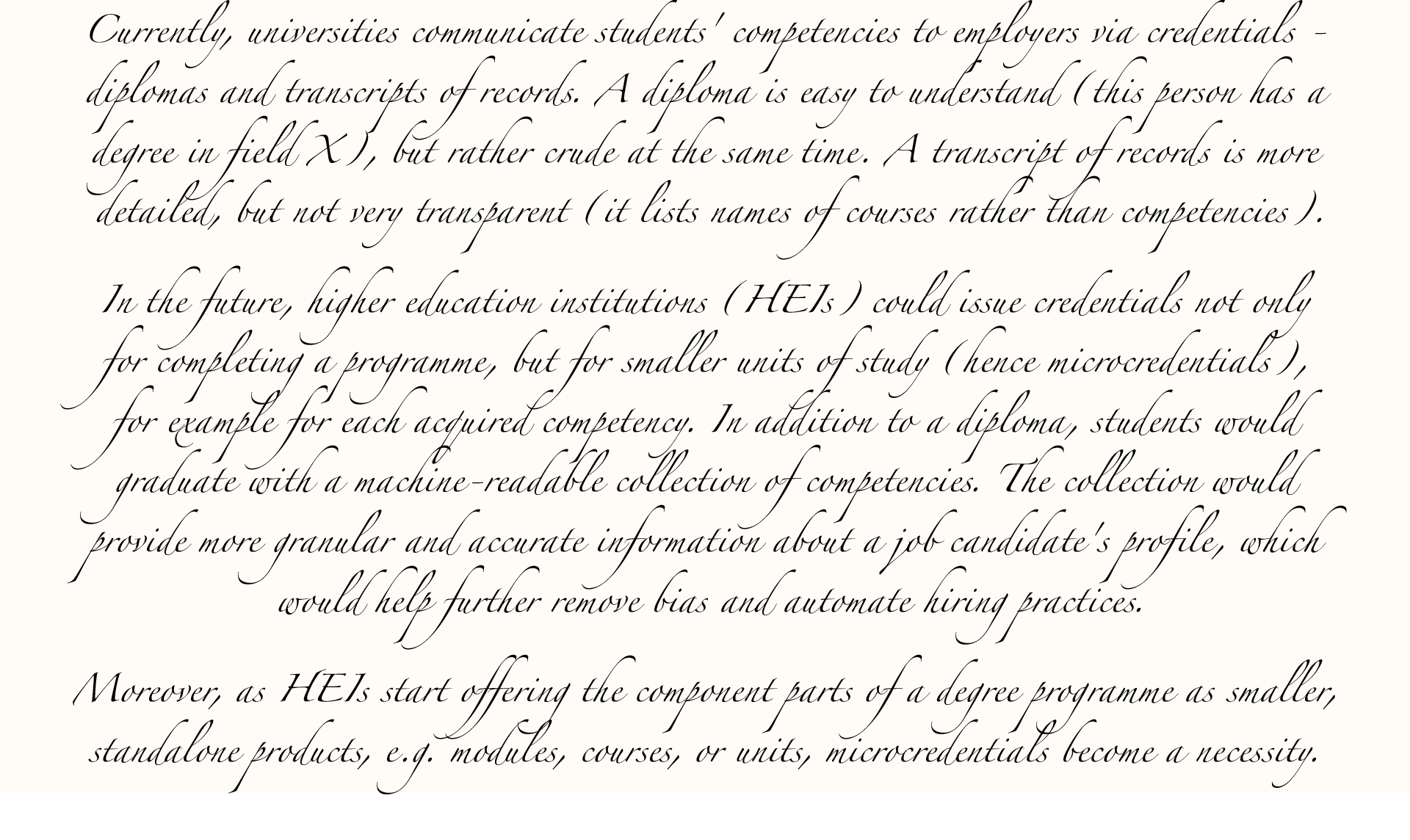There is no shortage of trends and ideas on how to innovate higher education. HyFlex delivery. Mixed reality. Chat GPT. If you are anything like me, the question that keeps you up at night is: ‘Damn it, which ideas should I go with?’
I recently found a cure for my insomnia. It is a simple exercise for assessing the relevance and plausibility of an innovative idea. I call it the 'Tattoo or No, thank you’ test. There are five steps and all you need is a pen and paper.
First, write down the trend or idea of interest.

Second, list your educational institution’s fundamental goals. The first-principle kind that reflect your organisation's mission.

Next, circle all the goals that the innovative idea could possibly further.

If you circle at least one goal, the fourth and hardest step is coming up with a convincing story about how amazing the idea is. It should describe the resources, mechanisms, and outputs of the new concept in great detail, and explain why it is better than the old way of doing things.

And finally, a plausibility test. Put on a critical hat and examine everything you have come up with so far. Look for implausible assertions, logical fallacies, and inconsistencies. To wrap the exercise up, run an honest self-check by asking yourself: Would I have this story tattooed?

If you can imagine yourself putting up with people's incredulous stares at the pool, you should probably implement the innovation
Disclaimer: ‘Tattoo, or No, thank you’ is a basic mental exercise, and it does not guarantee that the idea will work out. However, it might help you decide what to put your skin in the game for (pun intended). I bear no responsibility for any embarrassing, ugly or generally unsightly tattoos that appear after the publication of this blog post.
Photo by Jernej Graj on Unsplash
